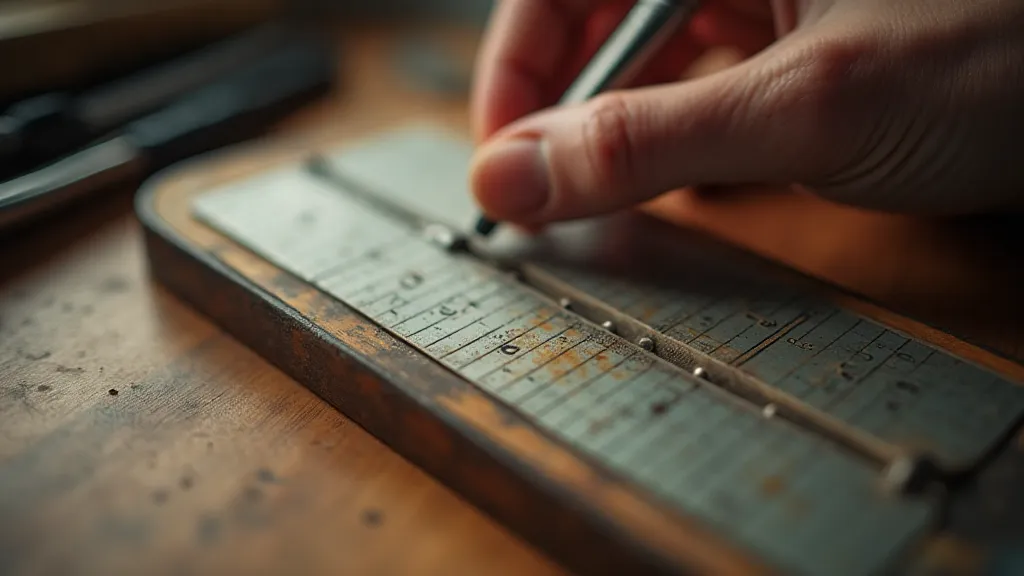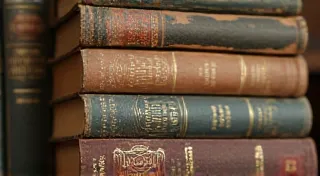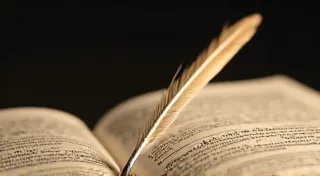Beyond the Numbers: Finding Narrative in a Slide Rule's Markings
There’s a certain romance associated with antique tools. More than just implements of a bygone era, they whisper stories of their creators, their users, and the demanding work they performed. While a beautifully restored antique accordion might evoke images of smoky jazz clubs and passionate melodies, the slide rule – a seemingly less glamorous tool – holds its own profound narrative potential. These elegantly engineered instruments, vital to engineering and scientific calculation for over two centuries, aren't just about division, multiplication, and trigonometry; they are repositories of personal histories, testaments to dedication, and tangible links to a world powered by ingenuity and grit.
The slide rule’s reign began in earnest in the 17th century, evolving from earlier proportional scales. By the mid-20th century, they were indispensable to engineers, scientists, surveyors, and mathematicians. The rise of electronic calculators and computers, of course, marked their functional obsolescence. Yet, for those who appreciate their craftsmanship and history, the slide rule has experienced a resurgence in popularity – not as a tool for calculation, but as a fascinating artifact of a different age. The development and widespread adoption of these instruments really did democratize engineering, making complex calculations accessible to a much broader population—a concept we explore further in A Tangible Universe: Slide Rules and the Democratization of Engineering.
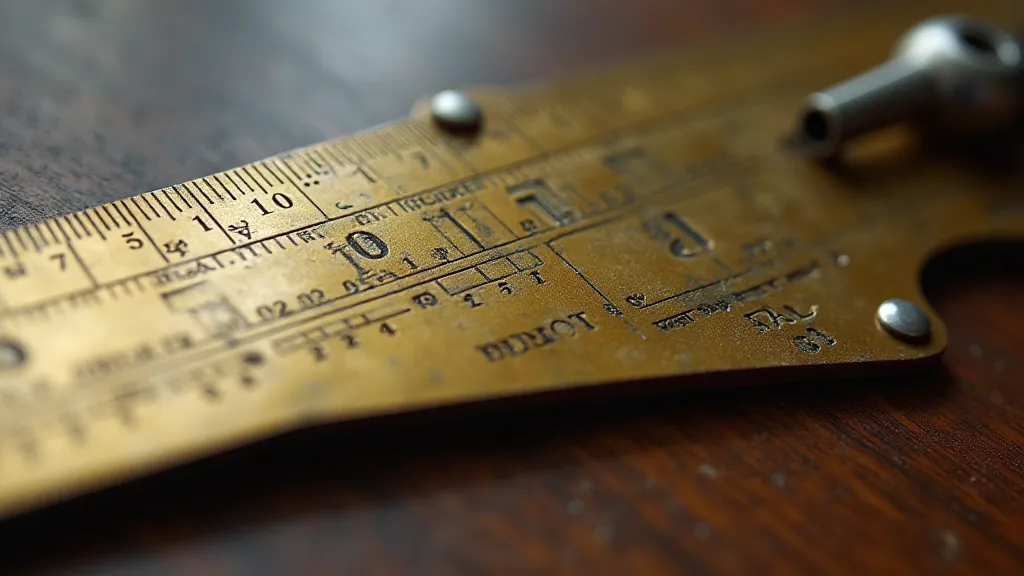
The Wear: A User's Timeline
When I first started collecting slide rules, I was drawn to their pristine condition. A perfectly clean, unmarked instrument represented a certain ideal – a time capsule of engineering potential. However, over time, I’ve come to appreciate the beauty and the profound story revealed by the wear patterns and markings. A slide rule isn't meant to be pristine; it’s meant to be used. And the evidence of that use is what makes each instrument unique.
Observe a heavily used slide rule. The edges are often rounded, the cursor slightly worn. Certain scales, like the C scale (for multiplication and division), will show significantly more wear than others. This isn’t random. It’s a roadmap of the calculations performed, the problems solved, and the tasks completed. A worn ‘A’ scale might indicate a focus on trigonometry, while a scarred ‘D’ scale (used in conjunction with the ‘A’ and ‘B’ scales) could point to advanced geometric work. The most telling details aren't always the most obvious. The patterns of wear can also reveal unexpected creative approaches to problem-solving - sometimes, the ingenuity needed to coax an accurate answer from a well-worn slide rule can be a story in itself. The fragmented beauty of these relics is something we’ve attempted to capture in Fractured Reflections: The Poetry of Broken Slide Rules.
Look for faint scratches. These might be the remnants of quick calculations done on the fly, a frantic effort to meet a deadline. Sometimes, you’ll find small, almost imperceptible dents – perhaps the result of a dropped tool, a momentary lapse in concentration. A single, deeply ingrained pencil mark might denote a particularly challenging calculation, one that required repeated attempts and a significant mental effort. The subtle feel of brass against the fingertips, the satisfying click of the cursor, these were integral to the entire process - a sensory experience that went far beyond mere calculation, as we discuss in greater detail in “Brass & Intuition: The Sensory Experience of Precision”.
Personal Markings: A Glimpse into Ownership
Beyond the general wear, more specific markings can provide even more intimate insights. Initials etched into the body or cursor, sometimes painstakingly carved, offer a direct link to the slide rule’s former owner. Dates, often scrawled hastily, might mark a graduation, a new job, or a significant project. Short calculations written in pencil, long since faded but often recoverable with careful cleaning, can offer a snapshot of the problems the user was tackling. Names of laboratories, companies, or universities, meticulously written or stamped, indicate the professional environment where the slide rule was used.
I recently acquired a Keuffel & Esser Model 100 slide rule. Faintly visible, almost lost to the patina of age, was the inscription “J.H. – MIT ’58”. Knowing that MIT (Massachusetts Institute of Technology) was a crucible for brilliant engineers, it’s easy to imagine the calculations that instrument performed during its time in the hands of a young graduate. What projects did he work on? What challenges did he overcome? The slide rule, in that moment, felt less like an object and more like a portal to a specific time and place. The sheer precision required to manufacture these instruments consistently and reliably speaks volumes about the dedication and skill of the artisans involved, and it’s a fascinating contrast to the rapid, almost disposable nature of modern technology.
The Craftsmanship: A Testament to Quality
Restoring a vintage slide rule isn't just about cleaning and polishing; it’s about preserving a piece of history. These instruments were often manufactured to a remarkably high standard, a testament to a time when quality and durability were valued above all else. Many were made of mahogany, brass, or aluminum, materials chosen for their strength, stability, and aesthetic appeal.
The precision involved in manufacturing a slide rule was extraordinary. The scales had to be meticulously engraved, the cursor aligned perfectly, and the entire mechanism calibrated to ensure accuracy. Many companies employed highly skilled artisans who dedicated their lives to mastering these techniques. The craftsmanship is evident in every detail – the sharpness of the engravings, the smoothness of the movement, and the overall sense of solidity and permanence. These were tools built to last, a concept rarely prioritized in today's world.
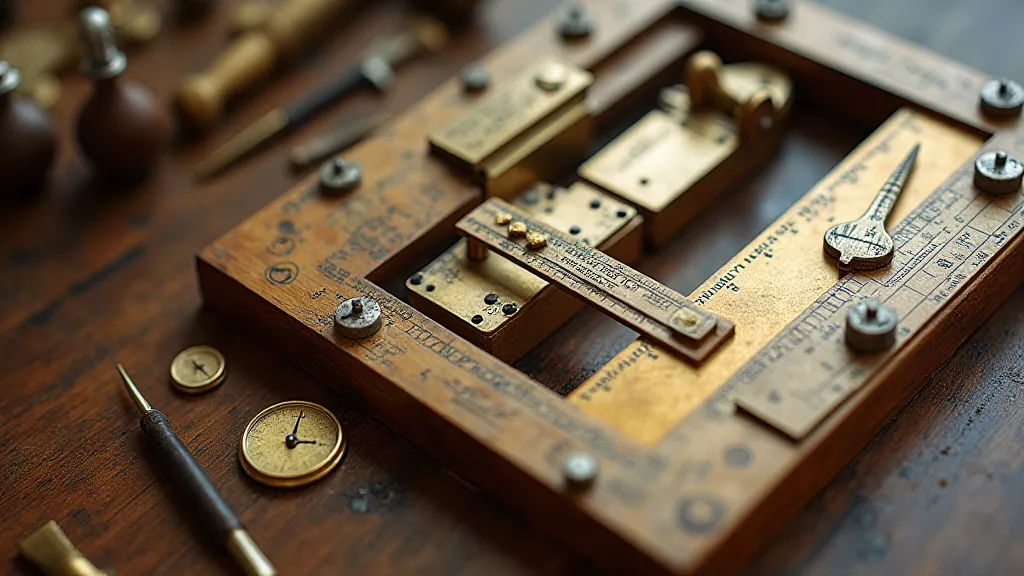
Restoration Considerations: Preserving the Narrative
When restoring a vintage slide rule, it's important to strike a balance between preservation and cleanliness. Excessive cleaning can erase valuable markings and damage the original finish. My philosophy is to clean the slide rule gently, removing the most egregious dirt and grime, but leaving as much of the original patina as possible. Each mark, each scratch, is a part of the slide rule’s story. Removing them would be akin to erasing a chapter from a book. The impact these tools had on engineering and scientific advancement cannot be overstated; they truly shaped the modern world.
Sometimes, more drastic measures are necessary. A heavily corroded slide rule might require careful chemical treatment to remove rust and oxidation. A cracked body might need to be stabilized to prevent further damage. However, these interventions should be undertaken with the utmost care and respect for the instrument's historical integrity. The goal is not to make the slide rule look new, but to stabilize it, protect it, and allow its story to continue being told. The story held within a slide rule is often as compelling as any novel.
More Than Just Numbers
Ultimately, these antique tools represent more than just a bygone era of calculation. They embody a spirit of ingenuity, precision, and a connection to the hands that used them. Examining them reveals fascinating details about the history of engineering and the individuals who shaped our world. The intricate design, the durable materials, and the wear and tear – all tell a story that extends far beyond the numbers they once crunched.
